AM 130: Complexity, Order, Novelty
1/25
There's no tags or description
Looks like no tags are added yet.
Name | Mastery | Learn | Test | Matching | Spaced |
|---|
No study sessions yet.
26 Terms
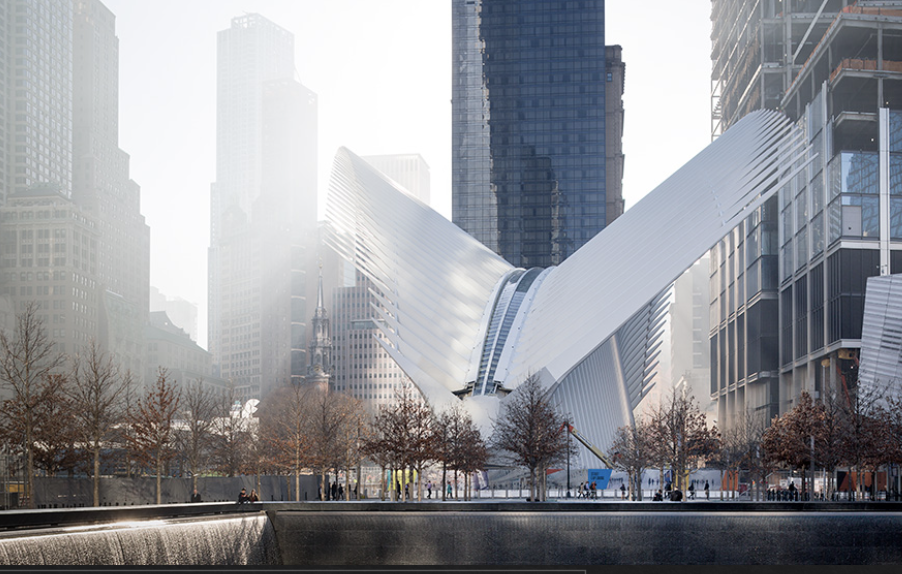
Santiago Calatrava, Transit Hub for the World Trade Center
Unit (motif in textile design)
Identifiable part of the aesthetic form, such as color or geometric shape.
Complexity (and order)
The degree of stimulation from the:
Number of units
Physical quality of units
Degree of dissimilarity of units
Level of organization in the arrangement of units.
Novelty
Perceived newness of the units and their organization, based on comparison of the present form with forms of a past experience.
Greatest pleasure comes from adding a
High level of complexity, along with a maximum level of order
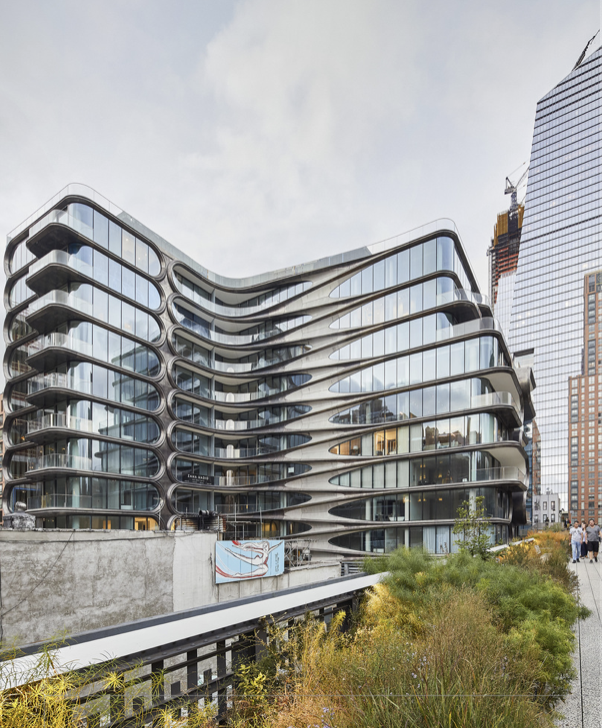
520 W 28th Street – Zaha Hadid Architects
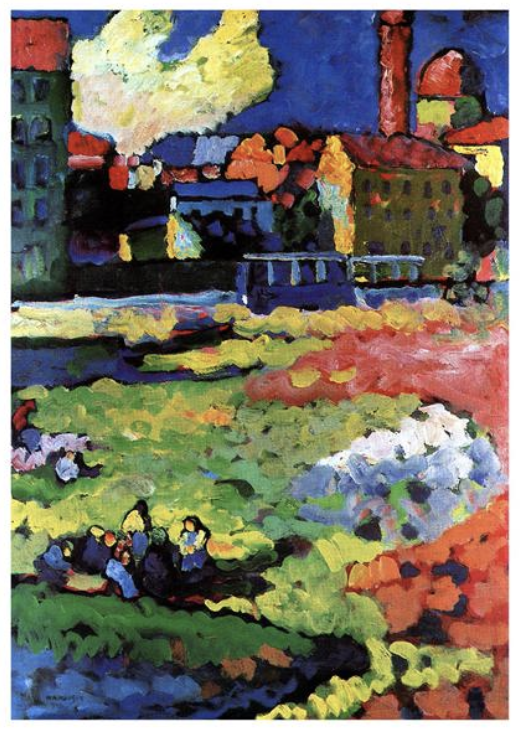
Munich with the church of St. Ursula, Wassily Kandinsky
Date: 1908

“The Many Reasons John Galliano's Maison Margiela Artisanal Spring 2024 Couture Show Was So Impactful”
Preferred Level of Complexity and Order pt.2
Medium/Medium-High level of complexity is most interesting/pleasant
Inverted-U
When the relationship between complexity and pleasure is graphed, it makes an inverted U shape
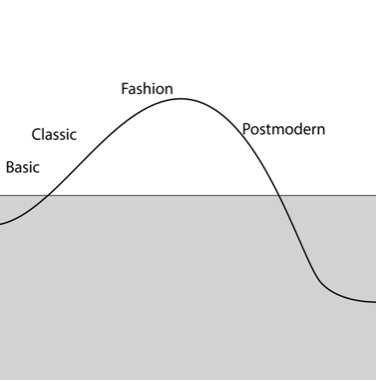
The Fashion Cycle
You can see that the level of pleasure and the level of complexity are about the same.
Products may be classified as
Basics, classics, fashion, or postmodern designs
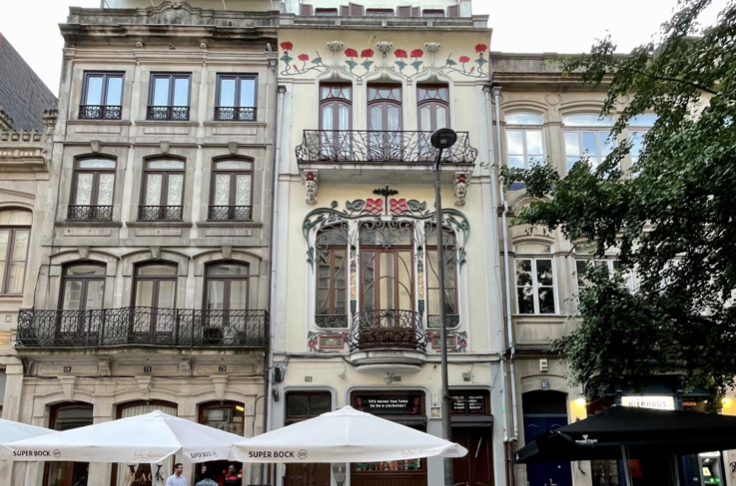
Art Nouveau Architecture in Porto Portugal, c. 1903.
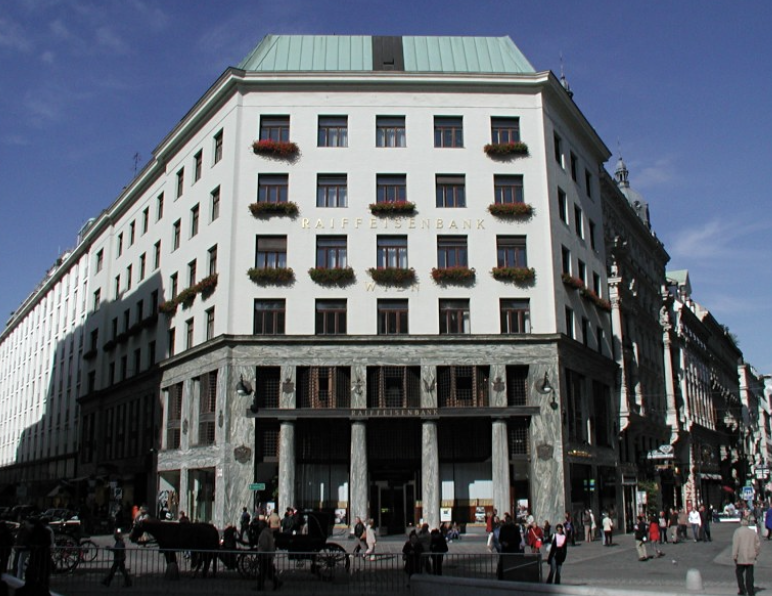
Adolf Loos, 1909 – 12. The Looshaus in Vienna, known as “Vienna Modern”.
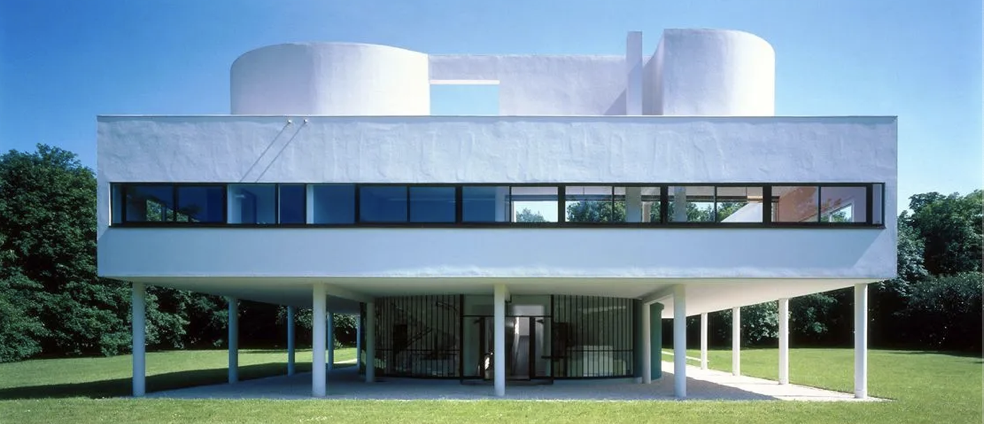
Le Corbusier’s Villa Savoye, outside of Paris.
Completed in 1931
Complexity affected by the following components
Number of units
Degree of interest of units
Cohesion of units (i.e., sameness and arrangement)
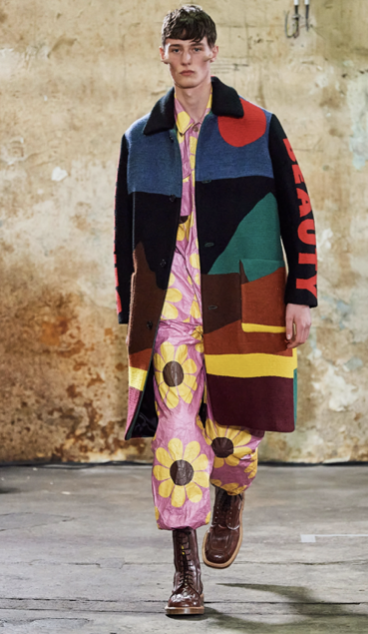
Walter Van Beirendonck
Number of identifiable parts of the form
Complexity increases with an increase in the number of units
Whole relationship
Initial blending of units, due to sameness of units and regularity of arrangement
Part relationship
Form consists of a number of units with little cohesion
Novelty affects pleasure
In modern fashion, there is a medium-high level of novelty— some aspects are new, but the style/brand is recognizable
Preferred by many consumers
Design professionals
Provide order in complexity along with novelty for the consumer, viewer, patron.
Order may result from
Designer’s repeating design lines…
Fashion director’s identifying the new color story…
A Graphic Designer thinking about accessibility…
Developers
Must represent the identity of the brand
Reflect a certain level of complexity/ order & novelty desired by the brand’s target consumer,
These are things that exist in the DNA of the brand, and the design codes of the designer, house, or brand,
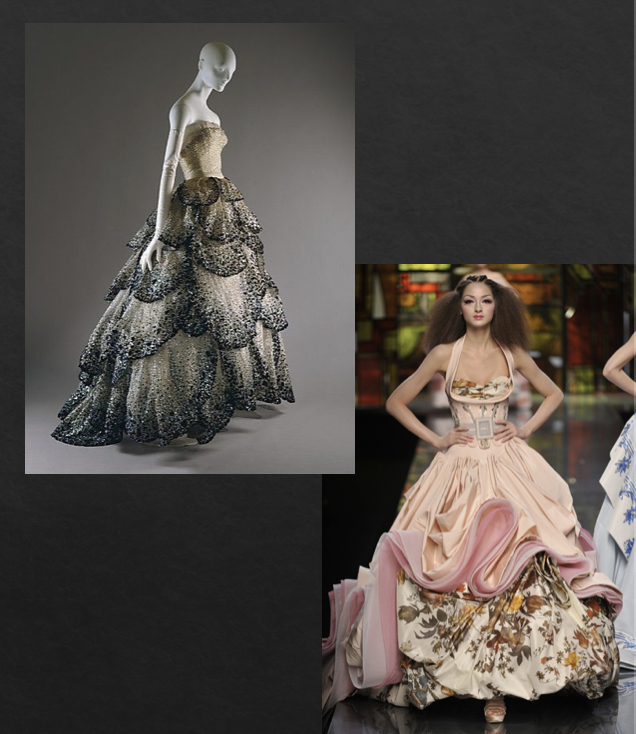
Dior c. 1953 and Dior c. 2008
Gatekeepers
Main purpose is to decrease complexity & provide order for others
Color forecasters help give clarity to the season’s color trends.
Promoters
In general, decreasing complexity of shopping environments leads to increased sales.
However, some consumers prefer shopping environments that consist of a higher level of complexity.